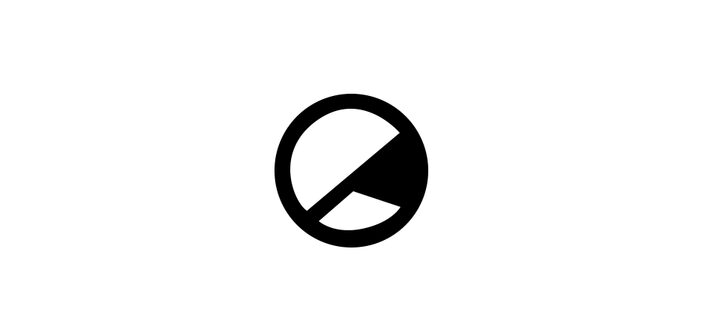Hollywood has come a long way since blacklisting William Haines in the 1930s for choosing his male lover over his career. Today, we have major mainstream films portraying gay relationships and characters, from Rocketman to Love, Simon to Moonlight. However, we still have some way to go.
Back in the early 20th century, several popular male actors were revered for their effeminate looks on the silver screen. Known as the ‘Latin Lover’, Rudolph Valentino, one of the leading stars of the era, based his public image around his good looks and was regularly discussed by such terms in the media. The implicit suggestion of homosexuality concerning the discourse on Valentino was not readily accepted, which was common for the time. Two men seen dancing together in The Dickson Experimental Sound Film (1895) caused controversy. And yet, gender role reversal was prevalent, in Charlie Chaplin’s A Woman (1915) for example. Here, Charlie dresses in drag while vying for the affection of various men. Drag was a customary way of prompting a comedic reaction; LGBT+ themes and ideas were thus framed as a source of humour, stripped of any sincerity.
The use of drag for comedy continued into the ‘Golden Era’, despite the practice of moral censorship outlined through the Hays Code. In Some Like it Hot (1959), lead actors Jack Lemmon and Tony Curtis feature in drag for most of the movie – regardless, Billy Wilder’s film was a critical and commercial success. Bringing Up Baby (1938) sees Cary Grant wearing an extravagant women’s robe, his loss of traditional masculinity a comedic thread. Many of the leading creators of the era were publicly closeted, yet their sexuality was often an open secret within the industry: Rock Hudson, Tab Hunter, Dorothy Arzner, Greta Garbo, Montgomery Clift, and George Cukor, just to name a few. LGBT+ people in Hollywood have always been there, just not openly.
After the Stonewall Riots in 1969, the position of the LGBT+ community in the public sphere was forever changed. More LGBT-centred films began to be produced leading up to the millennium. Stories of transgenderism were on the rise, from Dog Day Afternoon (1975), starring A-lister Al Pacino, to cult classic The Rocky Horror Picture Show (1975) and Boys Don’t Cry (1999), a biographical film focused on the tragic story of Brandon Teena. Most of these films, if not all, starred cisgender actors. Other LGBT+ films of the time included Maurice (1987), Bound (1996), Cruising (1980), and documentary Paris is Burning (1990). However, such LGBT+ films were restricted typically to the crime and biographical genres, with the infamous ‘bury your gays’ trope rampant. Happy endings were not an option.
As the millennium rolled around, LGBT+ films were predominantly found in the ‘indie’ and ‘arthouse’ spheres, rare to see in the mainstream. They were usually marketed toward adult audiences, suggesting that LGBT+ representation is an exclusively ‘adult’ subject. The ‘bury your gays’ trope remained. Brokeback Mountain (2005), now considered a landmark film, and Milk (2008) both received eight Oscar nominations, bringing gay narratives into the mainstream. Despite major award recognition, both films were regarded as ‘indie’ at the time of their release and adhere to the ‘bury your gays’ trope. In many 21st century comedies, the ‘token gay’ character has been restricted to secondary roles, such as the ‘gay best friend’ found in Easy A and Mean Girls.
The early 2010s saw a continuation of the ‘arthouse’ labelling of queer-themed films, like The Danish Girl (2015): a film about a transgender woman that once again starred a cisgender actor in the leading role. Films like Pride (2014), which actually had LGBT+ actors in its cast, brought a lighter side to the genre with its comedic tone. Moonlight (2016) became the first ever LGBT-related movie to win Best Picture, a huge moment in the history of queer cinema. Elton John biopic Rocketman (2019) contained the first gay sex scene in a major studio feature, unashamed in its portrayal of queer icon John’s life. These past few years have also seen a shift in LGBT+ narratives marketed to teen audiences. Although this arguably began with films like But I’m a Cheerleader (1999), recent works such as Love, Simon (2018) and Booksmart (2019) have continued this exploration through younger characters. For once, the brighter side of being a part of the community is on display.
The past ten years of Hollywood cinema has definitely seen change in the mainstream portrayal of LGBT+ stories. There is still a long way to go, and old tropes to leave behind, but the queer cinema of today is more representative and accessible than it was 20 or 30 years ago. It is important that we continue to advocate for LGBT+ voices in film, and listen to them. Representation, as always, is the key to acceptance.




